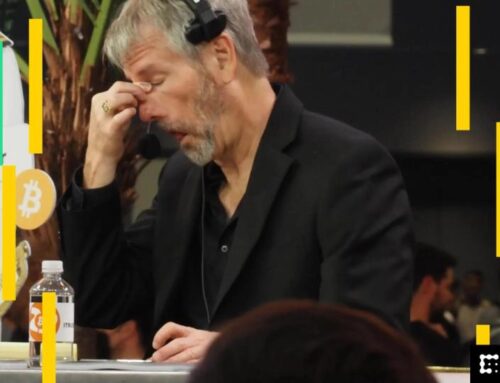Australia Set To Miss Energy Transition Targets
May 17, 2025
Australia, which has some of the most ambitious targets of shifting from hydrocarbons to wind and solar is set to miss those targets due to challenges that are difficult to overcome. The warning comes from Wood Mackenzie and should stimulate a debate about how realistic those targets were to begin with.
The new Australian government—which is the same as the old Australian government after Labor won reelection this month—wants to shut all coal power plants by 2038 and generate 82% of its electricity from so-called renewable energy sources meaning wind and solar. Yet, according to Wood Mac, it would only be able to achieve 58%—and even that 58% will be problematic.
First, the consultancy said this week, as cited by Reuters, the massive buildout of wind and solar capacity requires an equally massive buildout of battery storage. This second buildout takes time and faces “grid connection and project planning barriers.” Still, battery storage capacity in Australia is set to reach more than 16 GW by 2030, up from the current 2.5%, despite the challenges. The cost of this buildout is probably another challenging factor worth considering, but it does not seem to feature in the Wood Mac report.
Solar is another challenge as it will also expand strongly over the next five years—and make the grid less stable. Wood Mac analysts called it “challenges in managing midday solar peaks,” but it actually comes down to increased supply fluctuations leading to heightened electricity price volatility and compromised balance.
The Australian Energy Council warned about it last year. Like much of Europe where solar is being built like there’s no tomorrow and land is infinite, Australia has started to see negative electricity prices during periods of peak solar production. This has, in turn, led to so-called curtailment, meaning switching off panels to avoid overproduction and sub-zero prices, which has put a strain on solar operators’ financials.
“The increase in extreme price periods (either high or low) suggests the supply-demand balance is becoming tighter than it was historically, and harder to accurately predict,” the Australian Energy Council, an industry group, wrote last October. It then went on to suggest this may become the new normal without additional investments in “new generation, storage and transmission.”
Wood Mac analysts appear to share the opinion that throwing more money at wind, solar, and batteries could fix the transition target problems—or at least some of them. One problem that is not in the hands of the federal government entirely is state governments having other ideas about energy security.
“Efforts may be further complicated by moves from some state governments, such as Queensland and the Northern Territory, to repeal or scale back their renewable energy targets,” Wood Mac senior analyst Natalie Thompson said in the consultancy’s report. “This highlights the urgent need for increased investment and greater coordination across all levels of government to accelerate the energy transition,” she added.
The biggest problem with the transition, however, remains the loss of baseload capacity under Labor’s plan for accelerated coal power plant retirement and the replacement of those plants with wind and solar. Evidence from Europe shows that even when coupled with batteries, wind and solar are not as reliable as baseload generators running on coal, gas, or, indeed, nuclear.
“Renewable energy adoption is accelerating at unprecedented rates, and Australia is at the forefront of a battery revolution,” the head of Australia research at Rystad Energy said in March. “However, more action is urgently needed to prevent a power shortfall in the coming years. The continent’s dispatchable generation is nearing critical levels and decisions made today will be pivotal in avoiding blackouts,” Gero Faruggio added.
Australia is no stranger to blackouts already. The first major one in the new, renewable energy era actually happened in South Australia back in 2016. The blackout was attributed to various causes, chief among them a violent storm that hit the state at the time. Yet despite a major effort to deflect any and all blame from wind and solar, authorities had to admit that about half of South Australia’s electricity at the time of the blackout was being generated by wind turbines—just like Spain was generating more than half of its electricity from solar panels at the time of its blackout on April 28.
It appears that Australia’s government is betting above all on battery storage to make wind and solar installations as similar to baseload generators in terms of reliability as possible. How this would turn out and, more importantly, how much it would add to Australians’ electricity bills remains to be seen. If developments in Europe are any indication, however, Canberra might take a moment and consider whether those states scaling back their energy transition targets don’t have a very good point.
By Irina Slav for Oilprice.com
More Top Reads From Oilprice.com
- U.S. Warns Hong Kong Banks Over Iran Oil Sales
- U.S.-Canada Trade Strains Alter Trans Mountain Oil Flows
- Egypt Turns to Oil for Power Generation Due to High Gas Prices
Search
RECENT PRESS RELEASES
Related Post




